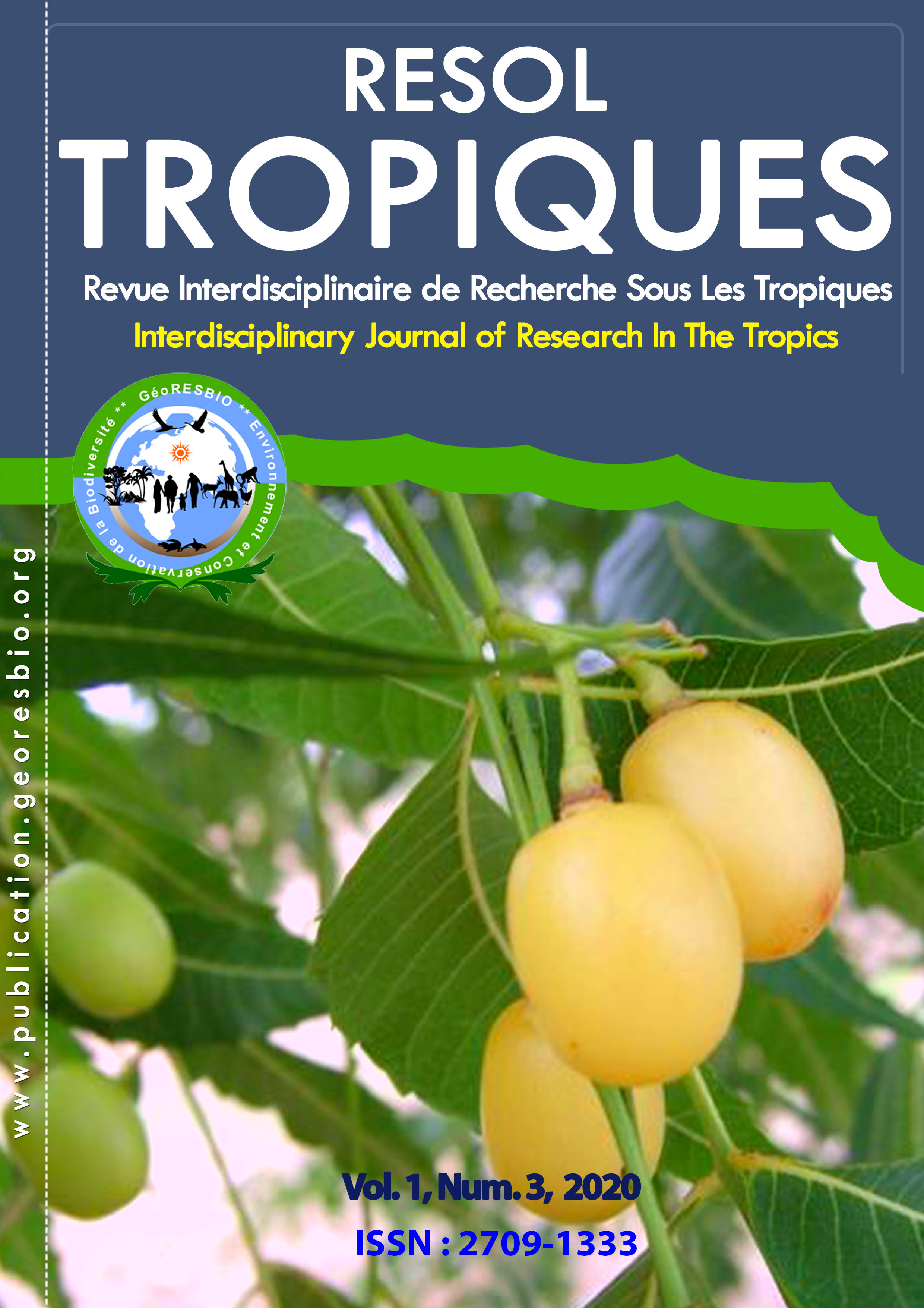Public policies and conflicts in Côte d'Ivoire's protected areas: Conflict between farmers and breeders in Marahoué national park
Main Article Content
Abstract
Côte d'Ivoire is now experiencing infiltration of almost all of its protected areas. The management measures implemented by the State since independence seem ineffective in determining the illegal operators of these areas. The weak influence of managers is thus reflected in the gradual transformation of these protected areas into territories of conflict. The exploitation of natural resources most often pits managers against illegal users, particularly peasants and poachers. While the management of these areas remains difficult, managers are still facing a new situation. Indeed, conflicts between farmers and herders have emerged in recent years in some protected areas. The results of this research, based on an interview guide and a questionnaire with various stakeholders in the Marahoué National Park (PNM), show that conflicts between farmers and herders are emerging within this permanent State domain. The prospective analysis of this study reveals that this type of conflict, neglected for its current scope, is nevertheless a harbinger of future governance issues in these areas. This trend, if it continues, could further complicate the governance of this park. From this perspective, the study could inform the authorities on future conflict issues in the NIP and its social consequences throughout the Marahoué region.
Article Details

This work is licensed under a Creative Commons Attribution 4.0 International License.
All articles or any other scientific contribution published by the Resol-Tropiques Journal are distributed under the terms of the international Creative Commons Attribution 4.0 license , which authorizes the use, distribution and reproduction without restriction on any support, provided that you mention the name of the original author(s) and the source, that you provide a link to the Creative Commons license and that you indicate if modifications have been made. The Creative Commons Public Domain Disclaimer applies to the data made available in this article, unless otherwise stated.

